Concealed Carry Corner: Handgun Action Rundown

Welcome back to another edition of Concealed Carry Corner. Last week, we took a look at some of the toughest situations you may have to deal with when carrying a concealed handgun. If you happened to miss that article, be sure to click the link here to check it out. This week, I was talking to a few new concealed carriers and they didn't have a good understanding of the different action types when it comes to handguns. They were confused about striker-fired versus double to single-action. It may seem like simple knowledge, but for new shooters, it can be a confusing process figuring out what each handgun action does and what its purpose is compared to other options.
Striker-Fired Handguns
One of the most common action types that people are most accustomed to with the vast amount of handgun options is the striker-fired system. Striker-fired systems have a spring-loaded striker that is activated by the trigger being pulled. The action of the gun cycles and resets the striker system, allowing you to fire every single time. Having a striker-fired system allows you to have the same consistent trigger pull every single time.
Many manufacturers will still include a manual safety on specific striker-fired pistol models, while others have a number of internal safeties and skip the manual safety. Smith & Wesson offers a manual safety on their M&P line of striker-fired pistols, while Glock is known for not having manual safeties on the vast majority of their pistol line. The majority of modern duty pistols have a striker system in them to keep things consistent every single time the trigger is pulled. The only downside to striker-fired systems is the fact that they are mostly basically single-action and don't have a second strike capability if you have a bad round.
Typically, when you fire and the gun goes off, the action is reset as the action cycles. If the primer does not ignite and cycle the round, the slide will need to be manually racked in order to reset the striker spring so the trigger can be pulled again. This typically isn't a problem, but it's the only real drawback since you can’t pull the trigger again, like you can with a double-action handgun. Overall, though, striker-fired pistols are some of the easiest guns to learn shooting and they keep things consistent, which is why they have taken over the market and are the number one choice for law enforcement agencies as well as the vast majority of concealed carriers.
Double-Action / Single-Action (DA/SA)
In the 1970s, we saw a rise in double-action single-action semi-automatic pistols. Revolvers have had double action mechanisms since the late 1800’s but having a reliable semi-automatic version didn't become mainstream until the mid-1970s, with the 80s and 90s being dominated by the rise of metal-framed hammer-fired semi-automatic handguns. Absolute classics like the SIG Sauer P Series, Beretta line of pistols and Smith & Wesson's second and third generations of pistols were massively successful among the US Military as well as Law Enforcement handguns during this time period. The big selling point when it comes to hammer-fired handguns is their overall reputation for being durable even when dirty or having ammo with hard primers.
The first double action shot will usually have a trigger pull weight of anywhere from 8-12lbs before transitioning to single action with a 3-5 lbs trigger pull. Early on, when law enforcement agencies were switching from revolvers to semi-auto pistols, it was easier for officers to switch to semi-autos with a double-action trigger since they were similar to the trigger weight of a revolver's double action. It was also thought that it was a safer option for undertrained individuals who put their finger on the trigger and wouldn't have a negligent discharge with such a heavy trigger. Having a double-action trigger on the first shot is a safety feature that allows you to carry without a manual safety without having to worry about the gun going off unintentionally.
The beauty of DA/SA guns is that after the first shot, the slide ejects the spent casing out of the chamber and chambers a new round, which also switches the trigger to single action, allowing for a much lighter trigger. That’s also the downside of this system, as it can be tricky to learn how to transition from the double-action trigger to single action, with some new shooters dipping their first round on target as they are pulling the trigger harder than the other shots on target. With enough practice at the range, though, it can be a predictable process that becomes easy to shoot.
Single Action Only
One of the oldest systems when it comes to semi-auto handguns is the single action only. Models like the classic 1911 or Browning Hi Power both have single action only triggers that have their benefits but also disadvantages when comparing with modern options that may be simpler for new shooters. Single action only handguns are known for having consistently light triggers that make the guns incredibly easy to shoot. These handguns are known for having some of the best triggers because they often don't have internal safeties like the new striker-fired systems.
Later on, the Series 80 Colt handguns had a firing pin block safety and as a result, the trigger wasn't nearly as crisp or smooth as the previous series 70 models. These 1911s are some of the best shooting pistols but if you plan on carrying these handguns, it's important to carry with a manual safety engaged since the trigger is so light and the probability of a negligent discharge are higher since you have a 3-5 lbs trigger compared to other options that are either heavier or have internal safeties that allow you to carry without a manual safety.
These systems absolutely need to have a manual safety that is engaged to be absolutely sure you can safely carry these handguns. If the hammer isn't pulled back, these guns will not fire. These are some of the nicest handguns to shoot and although they are slightly more complicated under stress to fire since they normally have a manual safety, they are easy to learn with a bit of practice.
Overall Thoughts
There are countless options on the market for a carry gun and while each system has its advantages as well as drawbacks, it's important to test out each system and see what works best for you personally. It seems like the market is going for striker-fired handguns for their simplicity as well as their ability to be manufactured for a lower price, allowing for the handguns to be more affordable to the average person.
Let me know what your preferred handgun action is down in the comments below. If you have questions about handgun actions or firearms in general, feel free to shoot me a message on Instagram @fridgeoperator. Stay safe out there and we will see you next week for another edition of Concealed Carry Corner.
TFB’s Concealed Carry Corner is brought to you by GLOCK

I'm an avid shooter and love educating whether it's at my job or in the shooting community. I'm an average joe that really loves talking with other people about firearms and other passions.I'm active on Instagram on @fridgeoperator.
More by Matt E

















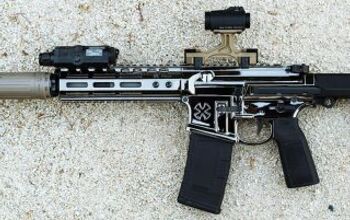

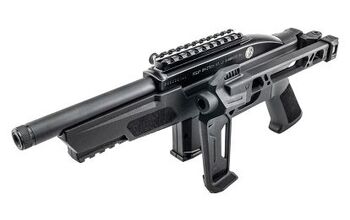
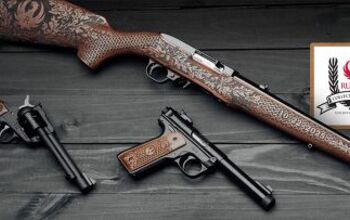



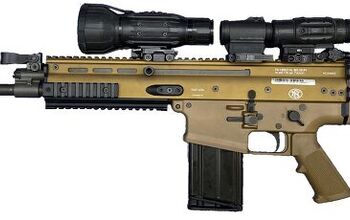
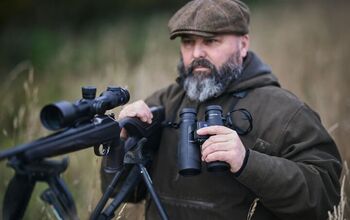
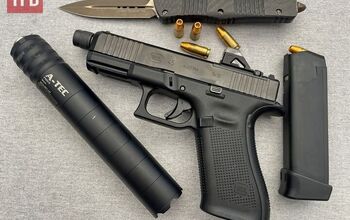
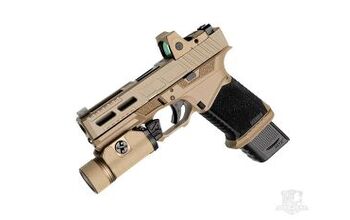
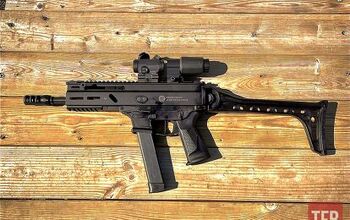

Comments
Join the conversation
"It may seem like simple knowledge, but for new shooters, it can be a confusing process" This is CCW corner. If they are a new shooter, they SHOULDN'T be carrying a firearm in public everyday.